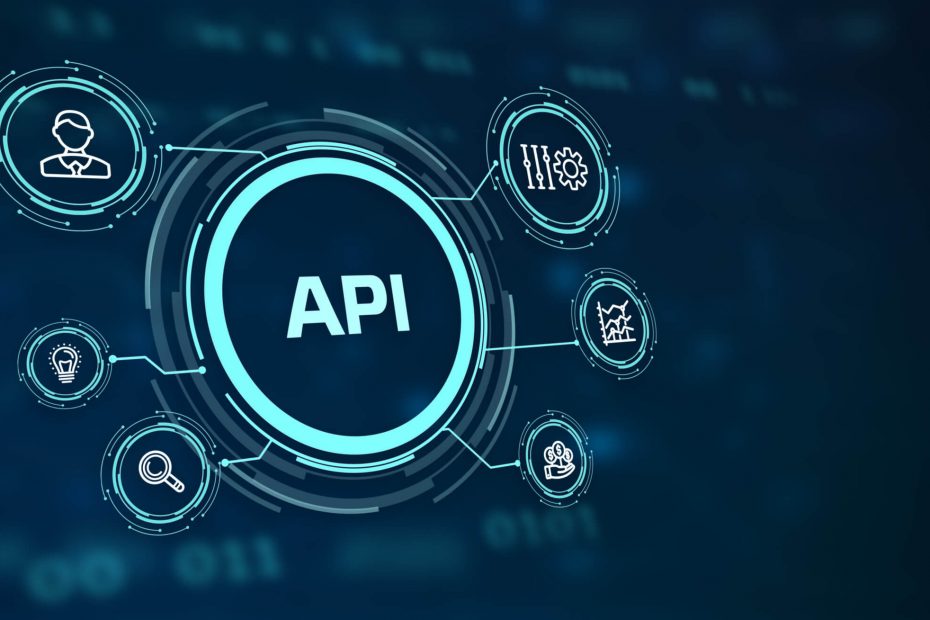Microservices Quarkus vs Spring Boot
When it comes to the most popular microservices architectures, both Quarkus and Spring Boot have established themselves as worthy contenders for the top position. They are both open-source projects, though Quarkus is developed and managed by Red Hat, whereas the credit for developing and managing Spring Boot goes to the team at Pivotal. This article will shed light on the… Continue readingMicroservices Quarkus vs Spring Boot









